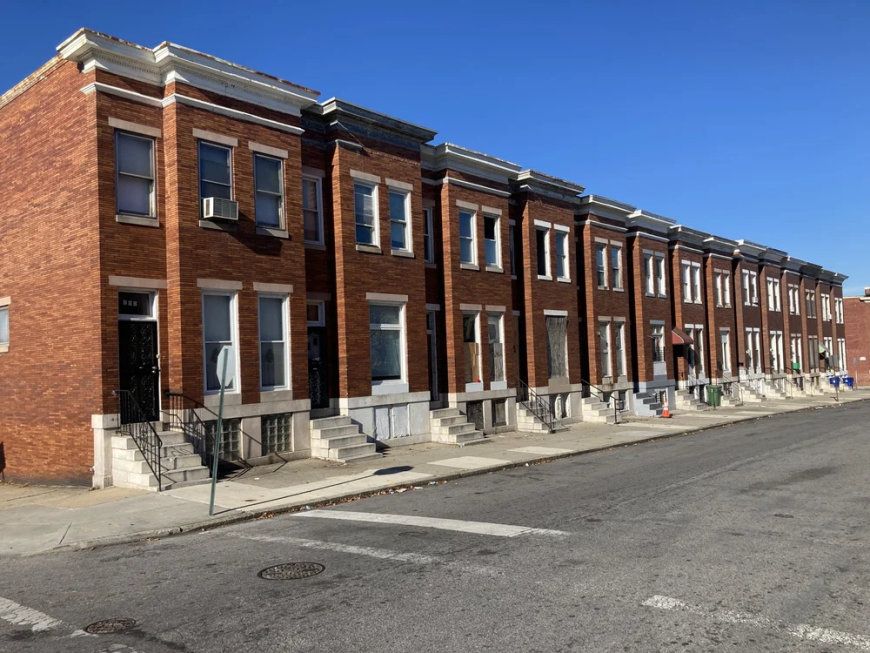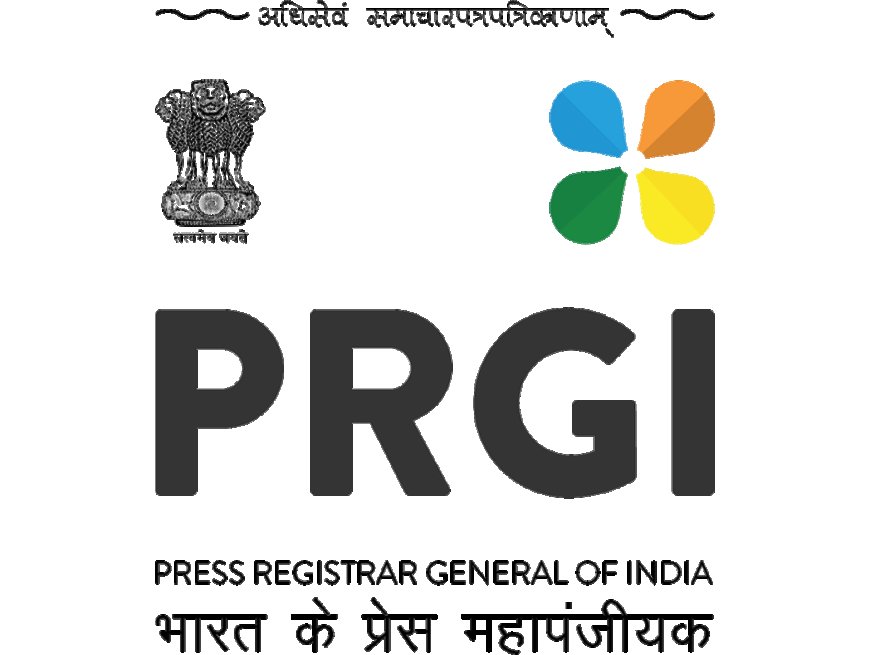$24 Million Transformation Revitalizes West Baltimore with New Affordable Housing
A $24 million renovation in West Baltimore brings 61 affordable housing units to life, restoring the Mary Harvin Center and offering community services to underserved residents.

BALTIMORE, MD — On Monday, August 4, local and state officials gathered in West Baltimore to celebrate the grand reopening of a long-neglected apartment complex, now reborn as a modern and affordable housing development after a $24 million renovation effort. The redevelopment marks a significant step toward combating housing instability and economic disparity in one of the city’s most underserved communities.
The project, led by Enterprise Community Development in partnership with the Maryland Department of Housing and Community Development, restored Mary Harvin Transformation Center Residences, a 61-unit building that had sat vacant for years after being damaged in a 2015 fire and the unrest following Freddie Gray’s death. The building now provides high-quality, income-restricted apartments for low- to moderate-income residents — and stands as a beacon of renewal in East Biddle Street’s historically disinvested corridor.
Ribbon-Cutting Ceremony Highlights Baltimore’s Housing Goals
On Monday morning, city leaders, including Mayor Brandon Scott, joined developers, clergy, and community members in a celebratory ribbon-cutting ceremony. The atmosphere was hopeful — and rightly so.
“This development is more than bricks and mortar — it’s about dignity, equity, and opportunity,” said Mayor Scott. “This is what transformation looks like when the public and private sectors work hand-in-hand with the community.”
The $24 million in financing came through a mix of Low-Income Housing Tax Credits (LIHTC), state funds, and private investments. Officials emphasized that all 61 units will remain affordable to households earning between 30% and 60% of the area median income (AMI), making them accessible to working families, seniors, and individuals on fixed incomes.
History Reclaimed, Future Reimagined
The Mary Harvin Center has deep roots in Baltimore’s faith and civil rights communities. Named after Reverend Mary Harvin, a powerful Black religious leader and advocate in the 20th century, the site was initially used by the Southern Baptist Church to provide community services, education, and housing. When the original center was destroyed during the 2015 riots, it became a symbol of both the city’s systemic challenges and its untapped potential.
Enterprise Community Development, one of the nation’s largest nonprofit housing developers, took on the project in 2021 with a commitment to not just rebuild, but to restore the center’s legacy of empowerment.
“We wanted to honor this space’s history while ensuring it serves the next generation,” said Brian McLaughlin, president of Enterprise. “Affordable housing can — and should — reflect pride, resilience, and progress.”
More on their ongoing projects can be found via Enterprise Community Development.
What the Redevelopment Offers
The revamped building includes:
-
61 fully renovated one- and two-bedroom apartments
-
A state-of-the-art community center
-
On-site supportive services, including workforce development, financial literacy, and health screenings
-
Green building standards, ensuring energy efficiency and lower utility bills for residents
-
ADA-compliant units for residents with disabilities
In addition, the surrounding neighborhood is seeing broader revitalization efforts — including small business support, transportation enhancements, and youth-focused initiatives.
Addressing Baltimore’s Housing Crisis
The transformation of the Mary Harvin Center comes at a critical time. Baltimore continues to face a severe affordable housing shortage, with over 20,000 low-income households spending more than 50% of their income on rent. The city’s aging housing stock, combined with years of redlining and disinvestment, has left many communities in need of intervention.
“This is not a silver bullet, but it’s a strong step in the right direction,” said Cassandra Jones, a housing policy analyst with the University of Maryland School of Social Work. “West Baltimore needs investments that center people — not profit — and this project does just that.”
According to the Maryland DHCD, over 3,000 affordable housing units are currently in various stages of development statewide, with a major focus on urban cores like Baltimore.
Community Voices Speak Loudest
For new residents like Tyrone Carter, a 62-year-old retired MTA bus driver, the renovation is nothing short of life-changing. “I’ve lived in Baltimore my whole life and watched this neighborhood go through hell,” he said. “To see this building come back — clean, safe, and affordable — it gives me hope that we’re not forgotten.”
Local youth groups, churches, and job training centers are already partnering with the new Mary Harvin Residences to ensure that the project serves as a community anchor — not just housing.
“This is how you interrupt cycles of poverty,” said Pastor Kevin Slayton of New Waverly Baptist Church. “Not by pushing people out, but by investing in where they already live.”
What’s Next for West Baltimore?
The success of the Mary Harvin project has sparked discussions about replicating the model across other neglected properties in Baltimore. City officials are considering new zoning reforms and land trusts to ensure long-term affordability.
More investment is expected along the East Biddle corridor, and developers are eyeing opportunities to scale mixed-use projects that combine housing with workforce and health programs.
As the community settles into this new chapter, the renovated building stands not just as shelter, but as a testament to what’s possible when cities put people first.









